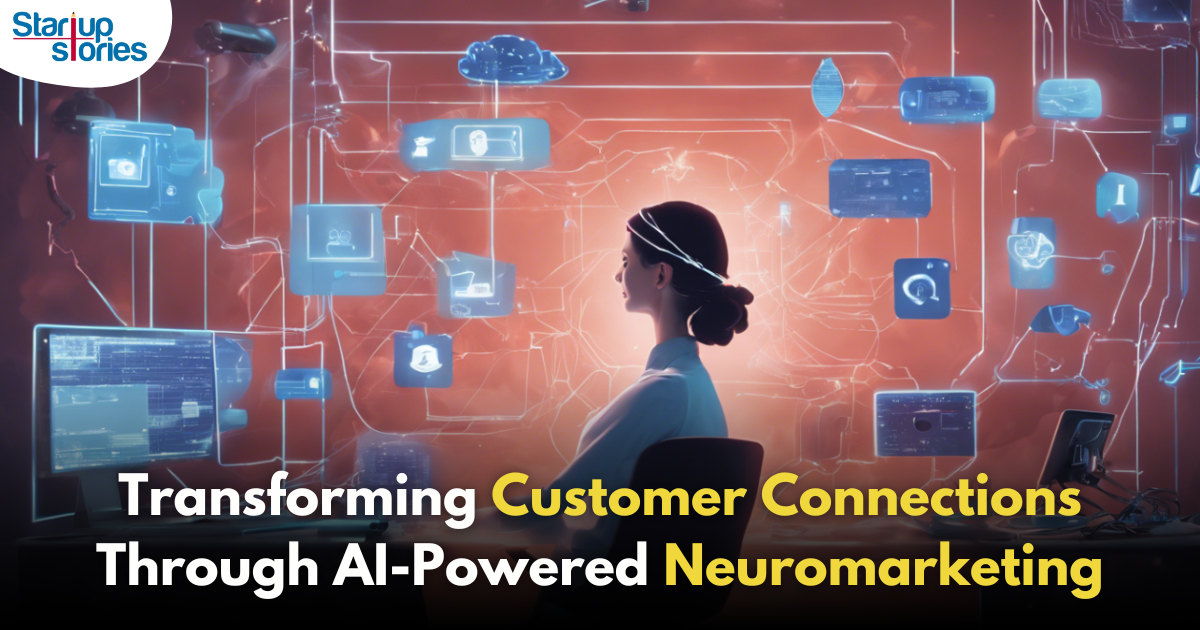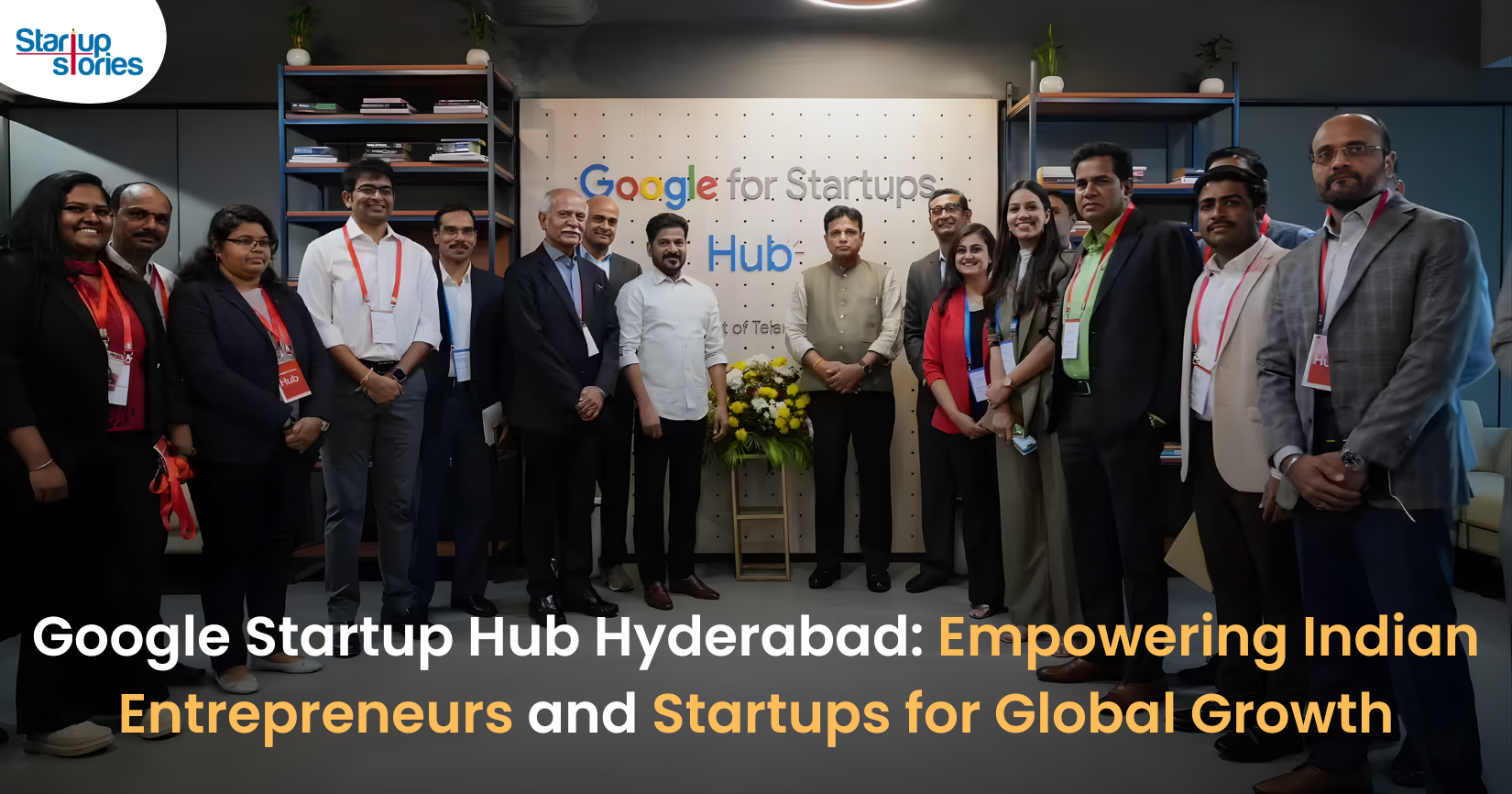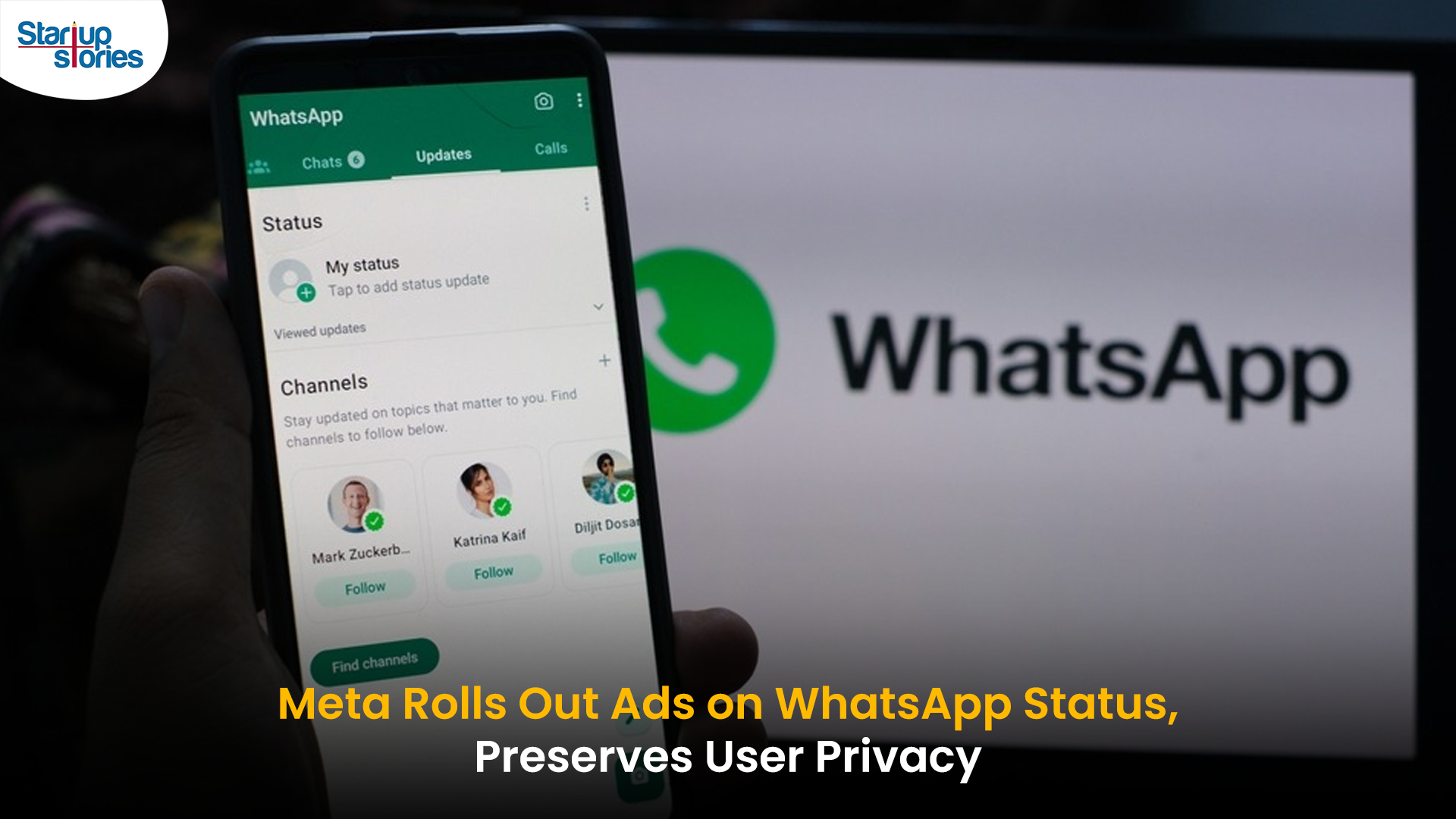Technology
Revolutionizing Customer Engagement with AI-Driven Neuromarketing!

We’ve all caught ourselves humming catchy jingles like “InsuranceMarket.ae” or McDonald’s iconic “Ba-da-ba-ba-bah, I’m lovin’ it.” Some might even recite the entire “Dubizzle It” tune without a second thought. These seemingly trivial moments highlight a profound truth: consumer decisions are often guided by subconscious forces more than rational deliberations.
The Science Behind Neuromarketing
Enter neuromarketing—a revolutionary approach to understanding the “why” behind consumer behavior by diving into the subconscious mind. The human brain, with its 86 billion neurons interconnected in intricate networks, processes an astounding 11 million bits of information per second. Despite this complexity, much of human behavior, including purchasing decisions, stems from unconscious emotions rather than logical reasoning.
Limitations of Traditional Methods
Traditional methods like surveys and focus groups often fail to capture these subconscious drivers. Responses can be influenced by social biases or simply the inability of participants to articulate their true feelings. Neuromarketing sidesteps these challenges by using advanced tools such as electroencephalogram (EEG) scans and eye-tracking systems to measure emotional and cognitive responses directly.
For marketers, this means gaining unprecedented insights into what truly resonates with audiences—unveiling hidden emotional triggers that influence decisions.
How Neuromarketing Works
Think of your brain as a bustling carnival with distinct sections catering to various emotions and sensations. When engaging with content you love, such as a Dunkin’ Donuts ad, specific brain regions, like the “happiness” center, light up like a carnival ride in action.
Authentic Emotional Responses
While traditional marketing relies on asking audiences directly about their preferences, neuromarketing takes a different route. By analyzing brain activity, it reveals authentic emotional responses. For example, a sports drink brand might learn that ads with sharp fonts and bright colors evoke stronger feelings of motivation than those with muted tones and simple designs.
Neuromarketing in Action
Global brands are already leveraging neuromarketing to refine their strategies:
- Hershey’s: By analyzing the sensory experience of unwrapping chocolate, Hershey’s discovered that auditory cues triggered pleasure centers in the brain. This insight led to redesigned packaging that enhanced customer satisfaction and boosted sales.
- Coca-Cola: Using EEG and eye-tracking technology, Coca-Cola identified the emotional impact of happy, social moments in their ads. This data-driven approach significantly increased revenue and reinforced their brand message.
- Mattel’s Barbie: Ahead of the Barbie movie release, Mattel harnessed nostalgia through neuromarketing. By incorporating elements that evoked fond memories, the brand deepened its emotional connection with audiences, enhancing engagement.
The AI Revolution in Neuromarketing
The integration of artificial intelligence (AI) with neuromarketing is transforming the marketing landscape. While neuromarketing uncovers subconscious desires, AI analyzes this data to craft hyper-targeted campaigns, enabling brands to forge deeper emotional connections with consumers.
Enhanced Data Analysis
For instance, AI can identify patterns in neuromarketing data and generate tailored content that resonates on a subconscious level. This synergy offers unparalleled opportunities for brands to connect with their audience personally and emotionally.
Ethical Considerations in AI-Powered Neuromarketing
As with any powerful tool, the ethical use of neuromarketing and AI is paramount. Transparency is key—brands must clearly communicate when they are collecting and utilizing neuromarketing data. This builds trust and ensures responsible application.
Emerging Technologies and Challenges
Emerging technologies like virtual reality (VR) and brain-computer interfaces offer exciting possibilities for immersive, sensory-driven brand experiences. However, they also raise questions about privacy and the potential for exploitation. The challenge lies in balancing innovation with ethical responsibility.
The Future of Marketing
The fusion of AI and neuromarketing signals a new era of customer engagement. By navigating this evolving landscape with clarity and ethical principles, brands can harness these tools to create meaningful, authentic connections.
Conclusion
Will AI-driven neuromarketing unlock new depths of understanding or tread into the realm of subconscious manipulation? The answer depends on how we wield this power—responsibly, transparently, and with a commitment to enhancing human connection. As brands embrace this innovative approach, they have the potential to revolutionize consumer engagement while respecting ethical boundaries and fostering trust within their audiences.
News
Google Launches Startup Hub in Hyderabad to Boost India’s Innovation Ecosystem

Google has launched the Google Startup Hub Hyderabad, a major step in strengthening India’s dynamic startup ecosystem. This new initiative aims to empower entrepreneurs, innovators, and developers by giving them access to Google’s global expertise, mentoring programs, and advanced cloud technology. The hub reflects Google’s mission to fuel India’s digital transformation and promote innovation through the Google for Startups program.
Located in the heart of one of India’s top tech cities, the Google Startup Hub in Hyderabad will host mentorship sessions, training workshops, and networking events designed for early-stage startups. Founders will receive Google Cloud credits, expert guidance in AI, product development, and business scaling, and opportunities to collaborate with Google’s global mentors and investors. This ecosystem aims to help Indian startups grow faster and compete globally.
With Hyderabad already home to tech giants like Google, Microsoft, and Amazon, the launch of the Google Startup Hub Hyderabad further cements the city’s position as a leading innovation and technology hub in India. Backed by a strong talent pool and robust infrastructure, this hub is set to become a growth engine for next-generation startups, driving innovation from India to global markets.
Technology
Jio Unveils Cloud PC Service to Bring Affordable Computing to Indian Households

- Jio Platforms has launched JioPC, a cloud-based virtual desktop service that transforms any television connected to a Jio Set Top Box into a fully functional computer.
- Users simply connect a keyboard and mouse to access a desktop-like environment, complete with web browsing, productivity tools, and educational apps—all without needing a physical PC or extra hardware.
- The service is device-agnostic and works with all consumer PC brands, making advanced computing accessible and affordable for millions across India.
JioPC is designed to support a wide range of activities, from professional work to online learning and creative projects. By leveraging Jio’s robust cloud infrastructure, users can run even compute-intensive AI applications directly from their TV screens. The platform also ensures data security and reliability, as all files and settings are safely stored in the cloud, protecting users from data loss even if their device is reset or replaced.
With JioPC, Jio aims to democratize digital access and bring high-performance computing to Indian households at a fraction of the traditional cost. The service supports popular productivity suites like LibreOffice and Microsoft Office online, and Jio is offering a free trial to encourage users to experience the benefits firsthand. This innovative move is set to reshape how people in India work, learn, and connect in the digital age.
Technology
WhatsApp Introduces Ads in Updates Tab, Keeps Chats Ad-Free

Meta has officially begun rolling out ads on WhatsApp, ending over a decade of an ad-free experience since its acquisition in 2014. The advertisements will appear only in the Updates tab, specifically within the Status feature, which lets users share photos, videos, and text updates that disappear after 24 hours—similar to Instagram Stories.
Where Ads Will Appear
- Ads will be visible exclusively in the Status section of the Updates tab, keeping personal and group chats ad-free.
- Businesses can use these ads to encourage users to interact via WhatsApp messaging.
- Meta is also introducing paid channel subscriptions and promoted channels within the Updates tab, allowing users to access premium content and discover new channels more easily.
Privacy and Targeting
Meta has emphasized that private messages, calls, and group chats will remain end-to-end encrypted and free from advertising. Ads will be personalized using limited, non-sensitive data such as location, language, followed channels, and ad interactions. Users can further manage ad preferences if they link WhatsApp to Meta’s Accounts Center.
User and Business Impact
The move marks a major shift for WhatsApp, which has long resisted advertising to preserve a clean messaging experience. While some users have criticized the change, Meta sees this as a significant opportunity to monetize WhatsApp’s 3 billion users and over 200 million businesses on the platform.
In summary, WhatsApp’s new ads will be confined to the Updates tab, ensuring personal messaging remains private and uninterrupted, while opening new monetization avenues for Meta and businesses.













binance referal code
March 12, 2025 at 8:43 pm
Thanks for sharing. I read many of your blog posts, cool, your blog is very good.
Kiesha Trickey
June 1, 2025 at 10:52 pm
I like this site its a master peace ! Glad I detected this on google .
yx3b5
June 6, 2025 at 5:23 pm
where to buy cheap clomiphene pill get generic clomiphene without insurance where to get cheap clomid can i order cheap clomiphene online clomiphene tablete cost cheap clomiphene pills clomiphene other name
transformation through leadership executive coaching programs
June 11, 2025 at 12:18 am
you are really a good webmaster. The site loading speed is amazing. It seems that you’re doing any unique trick. In addition, The contents are masterpiece. you’ve done a excellent job on this topic!
kitchen renovation
June 16, 2025 at 12:11 am
Thank you, I’ve just been searching for info about this topic for a while and yours is the best I have discovered till now. However, what about the bottom line? Are you sure in regards to the source?
coffee rewards program
June 18, 2025 at 11:42 am
Howdy! I know this is kind of off topic but I was wondering which blog platform are you using for this site? I’m getting tired of WordPress because I’ve had problems with hackers and I’m looking at options for another platform. I would be fantastic if you could point me in the direction of a good platform.
Felisa Guerry
June 30, 2025 at 1:45 pm
Thanks for helping out, great information. “The laws of probability, so true in general, so fallacious in particular.” by Edward Gibbon.
go to my blog
July 11, 2025 at 7:56 pm
certainly like your website however you have to test the spelling on several of your posts. Many of them are rife with spelling problems and I in finding it very troublesome to tell the truth however I will definitely come back again.
scripts for plays
July 30, 2025 at 12:43 am
Usually I do not read article on blogs, but I wish to say that this write-up very forced me to take a look at and do so! Your writing taste has been surprised me. Thanks, very nice post.
Recycled cloth
July 30, 2025 at 10:38 pm
I am now not certain the place you are getting your information, but great topic. I must spend a while learning more or figuring out more. Thanks for magnificent information I was in search of this information for my mission.
leadership
July 31, 2025 at 12:37 pm
You made a few good points there. I did a search on the topic and found a good number of persons will have the same opinion with your blog.
basket 168
August 17, 2025 at 9:56 am
Normally I do not learn post on blogs, but I would like to say that this write-up very forced me to take a look at and do so! Your writing style has been amazed me. Thank you, very great post.
slot gacor qris
August 21, 2025 at 7:40 pm
Valuable info. Lucky me I found your site by accident, and I’m shocked why this accident didn’t happened earlier! I bookmarked it.
Frosted Brands
August 25, 2025 at 12:46 pm
I do love the manner in which you have framed this particular matter plus it does provide me some fodder for consideration. On the other hand, from just what I have seen, I simply just hope when the actual commentary stack on that people today remain on issue and don’t start on a soap box of the news of the day. Yet, thank you for this superb piece and while I do not necessarily go along with it in totality, I value your perspective.
women's oud perfumes
October 11, 2025 at 11:09 am
Hello.This post was extremely fascinating, particularly since I was browsing for thoughts on this matter last Wednesday.
luxury perfume best sellers women
October 11, 2025 at 11:45 am
Hi there! Do you know if they make any plugins to help with SEO? I’m trying to get my blog to rank for some targeted keywords but I’m not seeing very good gains. If you know of any please share. Thank you!
Binance
October 16, 2025 at 5:48 am
Your article helped me a lot, is there any more related content? Thanks!
curso de experiencia do cliente
October 28, 2025 at 8:35 am
I am glad to be a visitor of this stark web site! , thankyou for this rare info ! .
Kuwin
November 7, 2025 at 4:42 am
kuwin sở hữu kho game đa dạng từ slot đến trò chơi bài đổi thưởng, mang đến cho bạn những giây phút giải trí tuyệt vời.
J88
November 7, 2025 at 7:59 am
Đến với J88, bạn sẽ được trải nghiệm dịch vụ cá cược chuyên nghiệp cùng hàng ngàn sự kiện khuyến mãi độc quyền.
站群程序
November 8, 2025 at 1:01 pm
搭载智能站群程序,自动化搭建与管理,为SEO项目提供核心驱动力。站群程序
Honey Trick
November 10, 2025 at 4:18 am
I like this web site very much, Its a rattling nice spot to read and receive info .
GO88
November 11, 2025 at 6:05 am
Tham gia cộng đồng game thủ tại Go88 để trải nghiệm các trò chơi bài, poker phổ biến nhất hiện nay.
谷歌站群
November 11, 2025 at 11:23 pm
专业构建与管理谷歌站群网络,助力品牌实现全域流量的强势增长。谷歌站群
iwin
November 13, 2025 at 9:22 am
iwin – nền tảng game bài đổi thưởng uy tín, nơi bạn có thể thử vận may và tận hưởng nhiều tựa game hấp
MM88
November 19, 2025 at 1:47 am
Khám phá thế giới giải trí trực tuyến đỉnh cao tại MM88, nơi mang đến những trải nghiệm cá cược thể thao và casino sống động.
MM88
November 21, 2025 at 1:32 pm
Với giao diện mượt mà và ưu đãi hấp dẫn, MM88 là lựa chọn lý tưởng cho các tín đồ giải trí trực tuyến.
dmarket
November 26, 2025 at 4:21 am
Hi, I think your site might be having browser compatibility issues. When I look at your website in Safari, it looks fine but when opening in Internet Explorer, it has some overlapping. I just wanted to give you a quick heads up! Other then that, fantastic blog!
sign up binance
December 1, 2025 at 7:40 am
Thanks for sharing. I read many of your blog posts, cool, your blog is very good.
agen togel
December 8, 2025 at 12:04 am
Very interesting topic, thanks for posting. “Time flies like an arrow. Fruit flies like a banana.” by Lisa Grossman.
White-hat hackers
December 12, 2025 at 7:49 am
I have to show my thanks to the writer just for rescuing me from this type of issue. Because of checking throughout the internet and meeting views which were not pleasant, I was thinking my life was well over. Living without the approaches to the issues you have sorted out through your article is a serious case, as well as the kind which might have negatively affected my career if I had not discovered the website. Your own personal talents and kindness in touching all the details was very useful. I don’t know what I would have done if I had not encountered such a point like this. I can at this time relish my future. Thanks a lot so much for the professional and results-oriented help. I will not think twice to recommend your site to anybody who needs assistance about this issue.
fdertol mrtokev
December 20, 2025 at 5:22 pm
Thanks for sharing excellent informations. Your web-site is very cool. I’m impressed by the details that you have on this blog. It reveals how nicely you understand this subject. Bookmarked this web page, will come back for more articles. You, my pal, ROCK! I found simply the info I already searched all over the place and simply could not come across. What an ideal site.